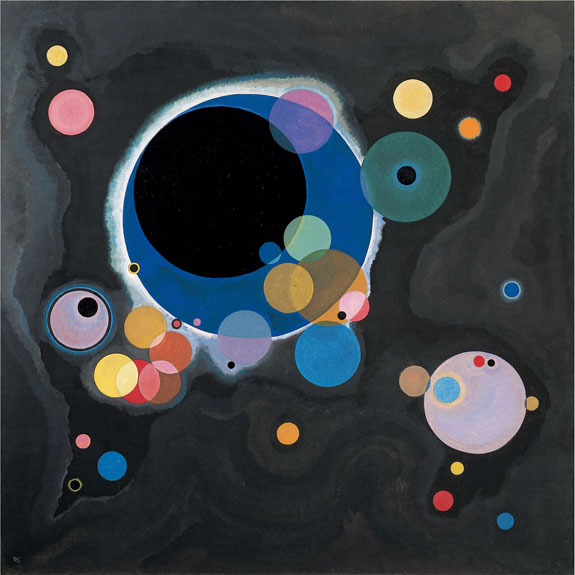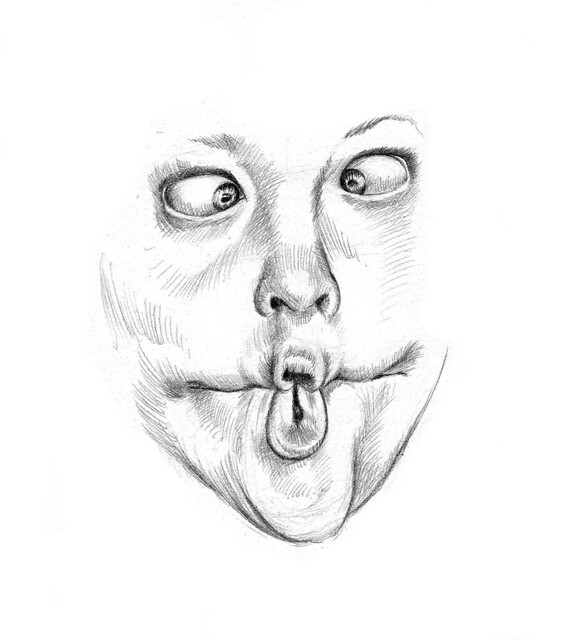The cloud assignment big idea I'm choosing is derived fromThe Extended Mind thesisby David Chalmers and Andy Clark. In short, the idea is that technology is/becomes an extension of our minds, literally. Our mind in this view doesn't end with our brain. The technology is intimately connected to us and the way we think. They use the example of a smartphone, but imagine having to hammer a nail for instance. What we first think of is a hammer. It doesn't usually occur to us to punch the nail with our fists or to even get a rock. The hammer, even before we find a particular hammer, is already there in our thoughts. When using the hammer, it is directly an extension of the thought process required to insert the nail.
Another example might be how we've adopted not only the term, "Google" into our lexicon, but how when we attempt to remember something our first inclination is to find a computer and search for it. My muscle memory actually has my hands moving towards the keyboard position. Here we've fused an entirely new word with the phenomenon. When we're instructed to 'just google it' we're not only requested to use a particular tool, but a very specific part of that tool which we're expected to be closely associated with. This particular example even has some concerned to an extent similar to the fear of losing a limb.




















